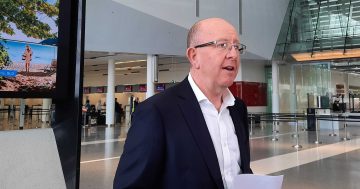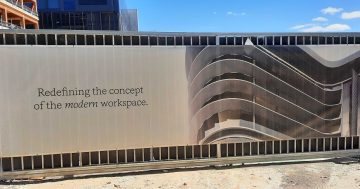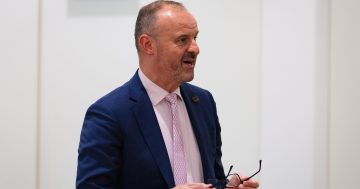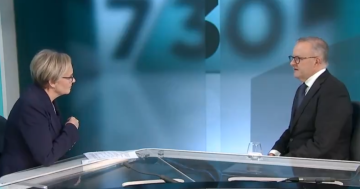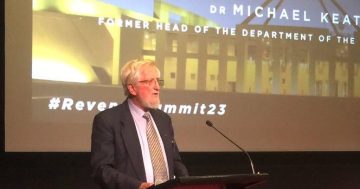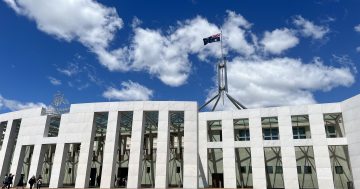
Managing Director of Australian Strategic Property Advisers Stephen Oxford: “We should think about what’s going on with the economy and what the government’s response to that is going to be.” Photo: ASPA
Canberra’s property sector has been urged not to take an expanded public service as given as the government grapples with a diabolical budget situation and speculation swirls about new homes for three of its biggest departments.
Managing Director of Australian Strategic Property Advisers Stephen Oxford told the Property Council’s Office Market Update Breakfast predictions that the election of a Labor Government would mean the public service would automatically grow should be treated with caution.
Mr Oxford, whose firm advises agencies about their office needs, said that with Labor inheriting a trillion dollars in debt and dealing with global inflation, it was more likely to cut spending than expand programs.
He said many programs were also coming to a close, and the new government was already starting to curtail spending on consultants and contractors, which won’t necessarily translate to more jobs in the public service, despite the pre-election rhetoric.
“Rather than think about what’s going to happen with a new government, we should think about what’s going on with the economy and what the government’s response to that is going to be,” Mr Oxford told the breakfast.
He also said that the pandemic had rewritten the rules for agency offices with public servants working from home and now expecting that option to be part of their employment conditions, as well as the take-up of activity-based working accelerating, which is reducing and changing office requirements.
Agencies were also struggling with finding staff in Canberra and were looking elsewhere to site certain work, and while some may see decentralisation as an idea passing with the Morrison Government, they were still being asked to support regional economic development by placing offices there.
Mr Oxford told Region that all agencies were looking for savings and the government’s motivation to achieve savings should be greater now with the size of the deficit bigger than ever before.
During the Global Financial Crisis in 2008, the APS lost 10,000 staff and he expected a similar, if not quite as large, response.
“It’s just sound economic management. It doesn’t matter whether it’s Liberal or Labor,” Mr Oxford said.
He said new office procurements that started before or at the beginning of the pandemic for the former Department of Education, Skills and Employment; Infrastructure; and the Tax Office – totalling 140,000 square metres – were still up in the air.
“The Tax Office went to market, I think it was in March 2020, and it’s absurd that a procurement is still ongoing in August 2022,” he said.
But it was rumoured that Education was looking at the ACT Government’s car park site on London Circuit, Infrastructure at Morris Property Group’s One City Hill development and the Tax Office at a DOMA site in Barton.
Mr Oxford said the skills shortage in Canberra was forcing agency bosses to look outside the national capital and even consider moving some functions interstate where they can access staff.
He said one CFO had told him they were going to move financial services to Sydney or Melbourne because they just can’t get people in Canberra.
“Another one said that to get policy officers, they were going to have to move functions to south-east Queensland because they’re telling me the best policy officers come out of south-east Queensland universities.
“And then other ones say that with cyber capability, if they want to tap into that workforce, they need to put them on the Sunshine Coast because that’s Australia’s Silicon Valley.”
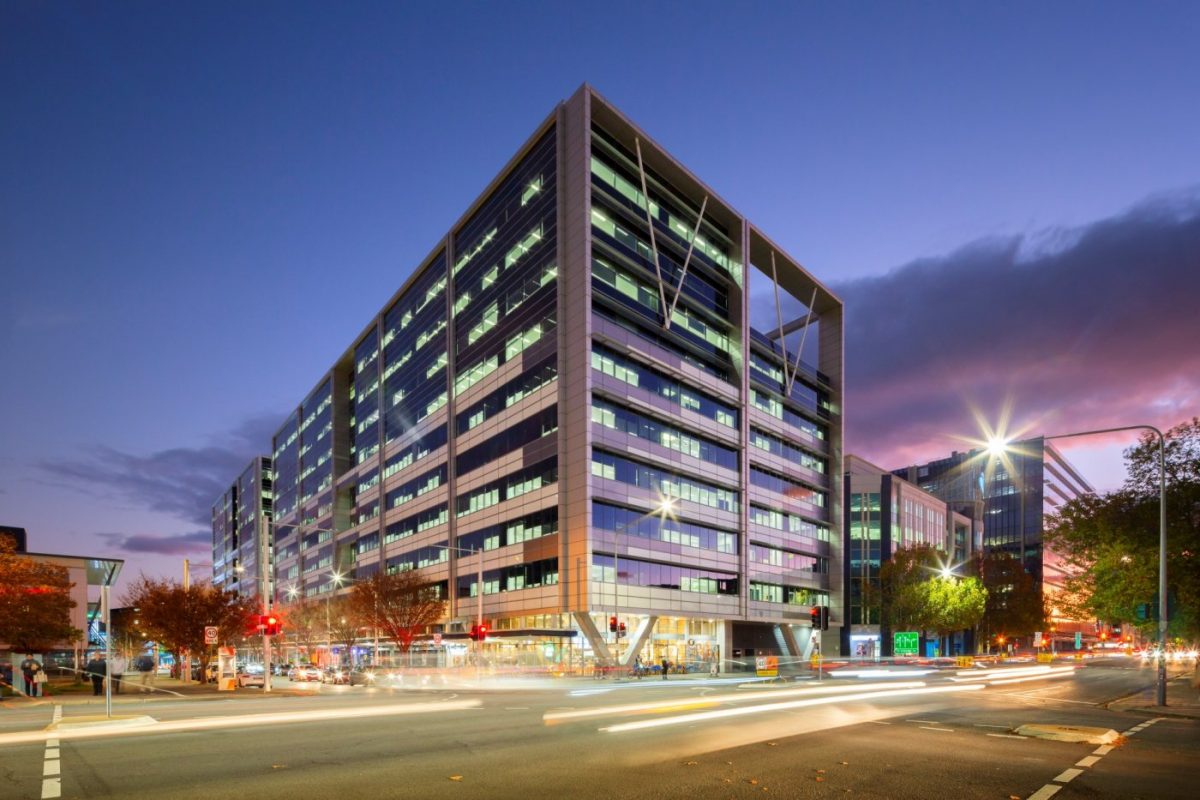
The Tax Office building in Civic. The agency is rumoured to be eyeing a location on Barton. Its lease is up in 2027. Photo: Cushman & Wakefield.
Mr Oxford said there was no evidence yet of this happening, but job ads were offering multiple locations to work from to access a broader pool of candidates.
He said the government’s property strategy had not changed since 2016 and was now outdated in light of workforce and technology changes of the last couple of years.
“Before COVID, the government had extremely inefficient office accommodation with 25,000 vacant desks and 16 square meters per work point, which is double what private sector businesses would have, and then the pandemic hit and all of a sudden the workers want to work from home, at least some of the time,” Mr Oxford said.
He said there was obvious potential for the government to make savings in its property leasing portfolio.
“There should be a hell of a lot of space,” he said.
“The government could look to offload and therefore save a fortune because there are 2.9 million square metres around the country and it spent $3 billion a year on real estate, and the reality is at least a third of that, and up to a half of that, is surplus to needs.”
Mr Oxford said he was not denying the strength of Canberra’s commercial property market, which had boomed in recent times, or that the public service would not grow over time, but was suggesting the economic conditions pointed to a temporary dip in government activity.
“If you take a long-term look at the public service and assume continued 3 per cent growth, that’s not wrong either, but there are peaks and troughs within that on a long-term trend and that’s what I’m drawing attention to,” he said.
And no matter what politicians say about Canberra getting its fair share of infrastructure, the economic conditions just don’t allow it at the moment, Mr Oxford said.
The property sector expects a further 52,641 square metres of office space to be added to the Canberra market over the rest of 2022. Vacancy increased in the first six months of the year by 2.3 per cent to 8.6 per cent.












